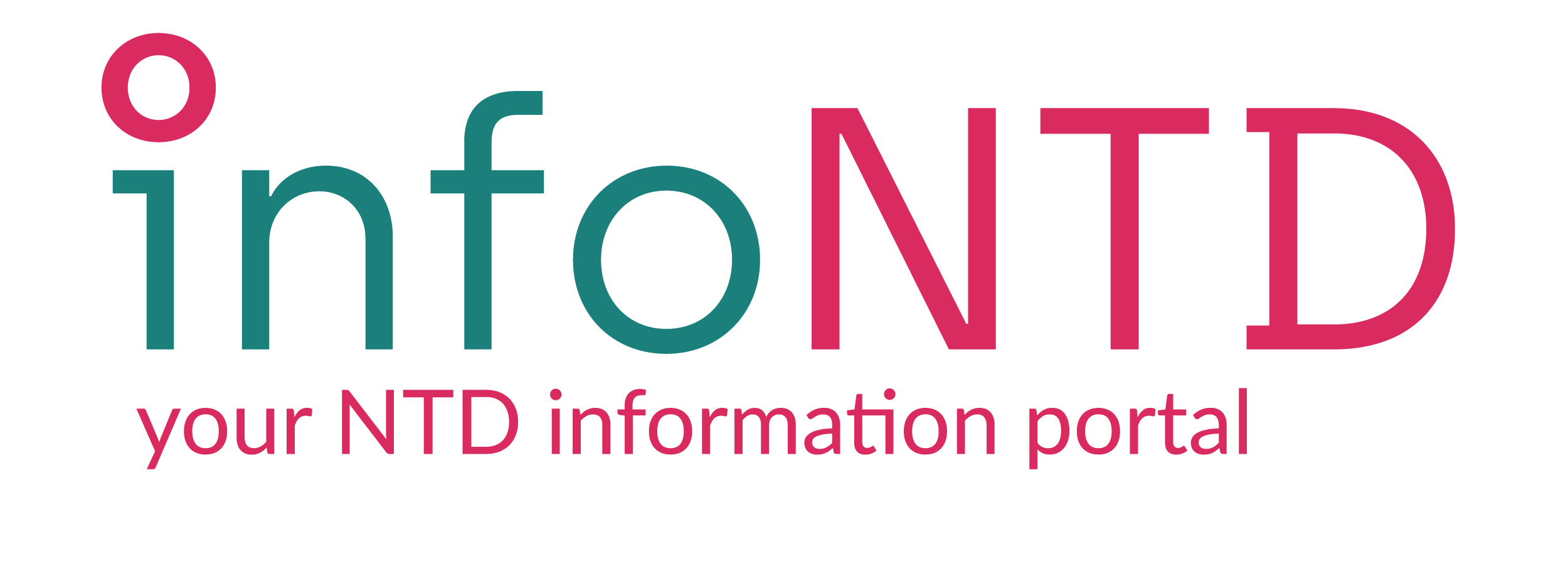Measuring the quality of life of people with severe leprosy and lymphatic filariasis disability in India using an informal, intervention-focused, contextual, and integrated tool for NTD disability
Aim: To measure the quality of life (QoL) of men and women suffering with severe leprosy and lymphatic filariasis (LF) disability in India and identify issues for priority management, using an informal, intervention-focused, contextual, and integrated tool for NTD disability.
Methodology: A stratified random sample of 150 people with leprosy WHO Grade 2 disability, LF WHO Grade 3+ lymphoedema, and LF hydrocoele, from 39 villages of one administrative Block in Bihar, India, participated in the study conducted in February 2022. A 30-question section of the tool covers activities of daily living (ADL); stigma; participation restrictions; mental wellbeing; and current satisfaction with life. Overall scores ≥60 indicate an ‘unacceptable’ QoL (people experience the disease and disability related problems ‘all of the time’ or 'some of the time’, requiring urgent interventions); scores <60 indicate an ‘acceptable’ QoL (people experience the problems ‘never‘ or ‘rarely’). An additional 14-question section with multiple-choice options elicits and quantifies the critical morbidity and disability-related issues faced to aid priority management. Kobo Toolbox was used for data collection; Microsoft Excel, R, and Tableau were used for analysis.
Results: The average QoL score of the participants was 82.95, indicating an ‘unacceptable’ QoL. The primary reasons for this were: problems with ambulation, 89.3% (n = 134); financial and employment difficulties, 88.6% (n = 133); non-availability of primary level care, 84.6% (n = 127); and a requirement for assistive devices for ADL, 80% (n = 120).
Conclusions: Our study found that the QoL of people living with severe NTD disability in Kalyanpur, Bihar is ‘unacceptable’, and identified interventions with the highest probability of improving the QoL for the majority, in the short term.

 infontd
infontd